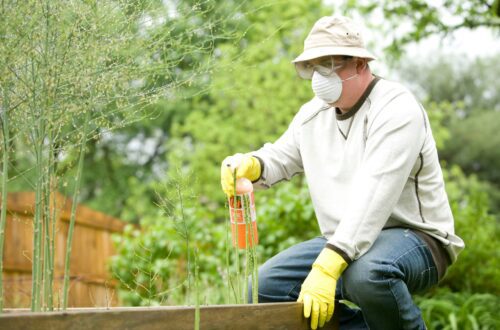Indoor plants are one of the quickest and most effective ways to add life to your home. But, there won’t be much life in your houseplants if you forget to water them!
While ideal plants for beginners can survive even the most infrequent watering schedule, you’ll need to water most plants more often if you want them to thrive. That said, if you’re new to the world of plant parenting, it’s not always clear what type of water you should use on your plants.
Keep reading to find out more about how to water your plants for guaranteed greenery in your home!
What is the Best Water for Houseplants?
Rainwater or distilled water for plants are the best choices. Watering your plants with either of these options often results in stronger, faster-growing plants with more leaves.
Rainwater is free and contains oxygen, which plants need along with water to survive. But, rainwater may not always be available depending on your location. Plus, rainwater collected in manufacturing areas can be polluted.
Buying a distilled water machine for your home makes this an easier option for those without constant access to rainwater or those living in polluted areas.
Although, to make up for its lack of oxygen, experts recommend using fertilizers alongside distilled water for plants to ensure they get all the nutrients they need. It’s also best to use cool water when watering your plants as it contains more oxygen than warm water.
How Tap Water Affects Plants
Although watering your plants with tap water is better than nothing, the minerals tap water contains, such as bicarbonates, magnesium, sodium, and calcium, can impact the pH of the soil and the way your plants absorb nutrients.
Also, the chlorine present in some types of water can kill the good bacteria and other beneficial soil microorganisms within the roots of your plants. Chlorine can even be toxic for some houseplants, causing brown spots and brown tips on the leaves.
If you use water softeners, never use this water on your plants as the high levels of sodium ions will damage your plants.
How Often Should You Water Your Plants?
Learn how to water your plants by taking cues from nature. Houseplants with large leaves such as philodendrons are often from tropical regions where rainwater flows freely. In contrast, cacti and succulents come from the desert, meaning they often do better with less water.
As for how to tell if your plant needs water, one problem is that dropping, yellowing leaves can be signs of too much or too little water. Touching the soil can help you work out which is the issue. If the soil feels wet, go easier on the water. If it feels dry, see if a drink helps. Should neither help, adjusting the room temperature or light levels might help your plants perk up.
Understanding How to Water Your Plants
As this guide shows, everything from the type of water you use to how often you water your plants can have a huge impact.
But, with different plants responding in very different ways to environmental factors such as water, light, and temperature, it’s vital to consider each plant’s individual needs first.
Want more tips and tricks for brightening up your home? Be sure to check out our latest blog posts on everything from DIY to gardening.





